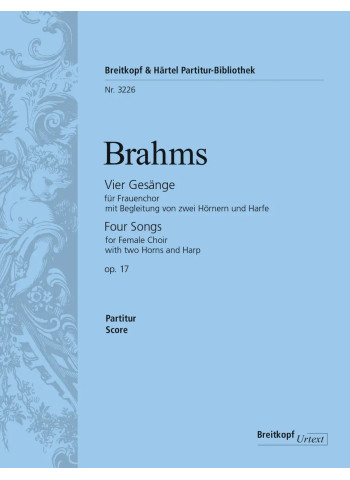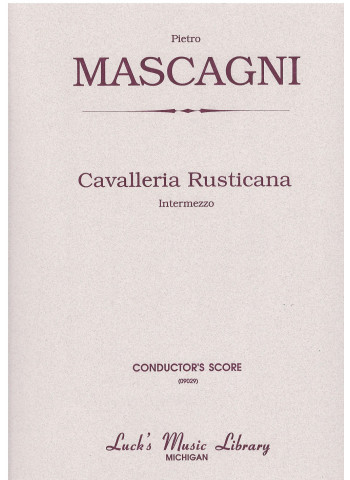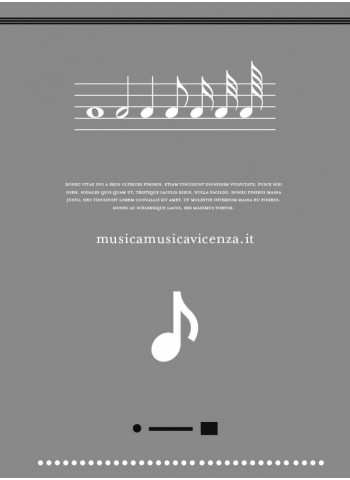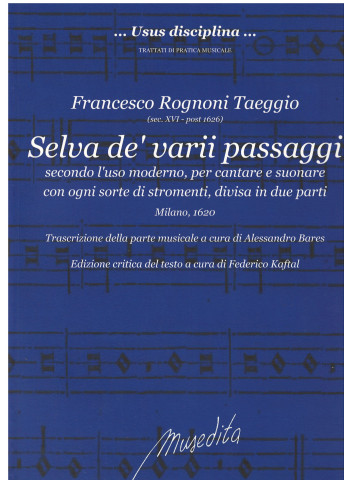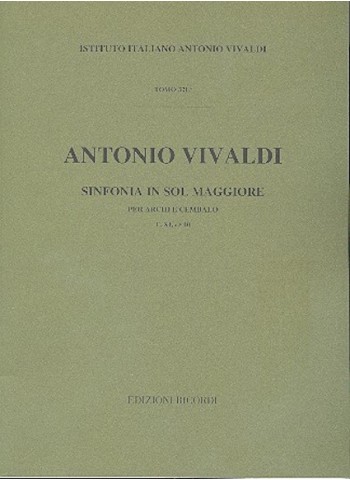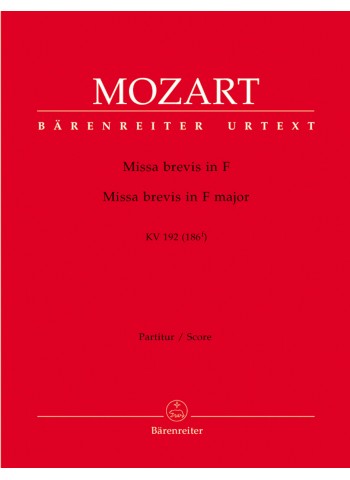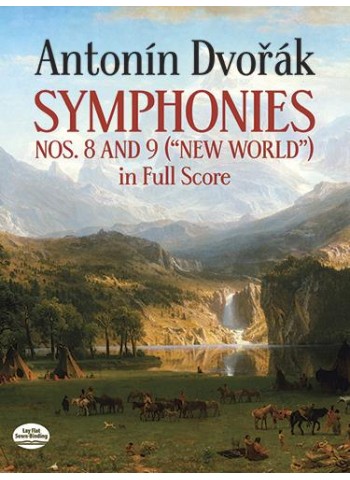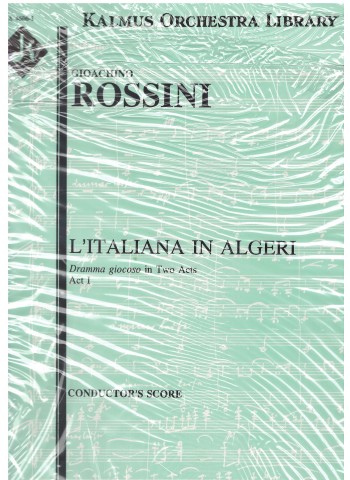Violin Concerto in D minor
- Casa editrice: Breitkopf
- Compositore: Sibelius, Jean
- Codice di riferimento: 19166
- Codice catalogo: SON 622
- ISBN: 9790004803240
Quantità:
n 1998, at the end of the 20th century, Breitkopf & Härtel started the publication of the Complete Edition, which is made possible thanks to the cooperation of the various Sibelius publishers. The Editors (Helsinki University Library and The Sibelius Society of Finland) and the Editorial Committee (Chairman: Timo Virtanen, Helsinki) believe that the volumes of JSW will provide the basis for a now conception of the creative work of Jean Sibelius.
Reviews:
One immediately recognizes the towering production quality of these volumes – a point that can be extended to all volumes thus far published in the set. The music is a joy to read; and the lucidity and thoroughness of the texts … are models of scholarly editions, and should be required reading for all bibliography and music-editing courses. … In sum, the JSW is a remarkable project: the scholarship is impeccable, the music scores and texts are simply a joy to study. Edward Jurkowski, Notes December 2011: 442–443
At the back of this magnificent book are pages of critical commentary on a bar-by-bar analysis of an endless supply of musical notation requiring interpretation by the editor. … For the general, non-musically trained, purchaser of the edition there is the magisterial introduction to read, and fascinating reading it is. Edward W. Clark, Sibelius Society Newsletter 2009
The Sibelius pieces, however, are a revelation. I opened this magnificently produced volume – complete with multilingual critical report and generous facsimiles of original manuscripts – expecting Grieg-style quasi-nationalistic character pieces, and was instead presented with an incredible array of styles, textures, harmonic languages and levels of difficulty. Chris White, Piano Professional Summer 2009: 2
This is not only a scholarly edition of one of the composer’s major works, it is also a model for the philological editing of music in general. … JSW has chosen to have the emendations reflected in two places, in certain cases even in three: as graphic indications in the music text, in prose form in the critical commentary, and sometimes also in the form of a warning footnote on the music page. There can be no doubt that such a procedure is very user-friendly, but it disturbs the appearance of the music and may mislead the user into thinking that there are two or more equally valid readings. Niels Krabbe, Fontes Artis Musicae 54/2, 2007: 248
Editorial standards are high throughout, and maintain a careful balance between the competing demands of practical exigency and the need to provide as much scholarly evidence of variants as possible. The critical commentaries provide concise and effective descriptions of the sources and, where appropriate, information on compositional genesis and historical context. The introduction to each volume provide useful background information on historical reception, including much new material not previously brought to light in Tawaststjerna’s biography. Daniel M. Grimley, Nineteenth-Century Music Review 2/2, 2005: 244



